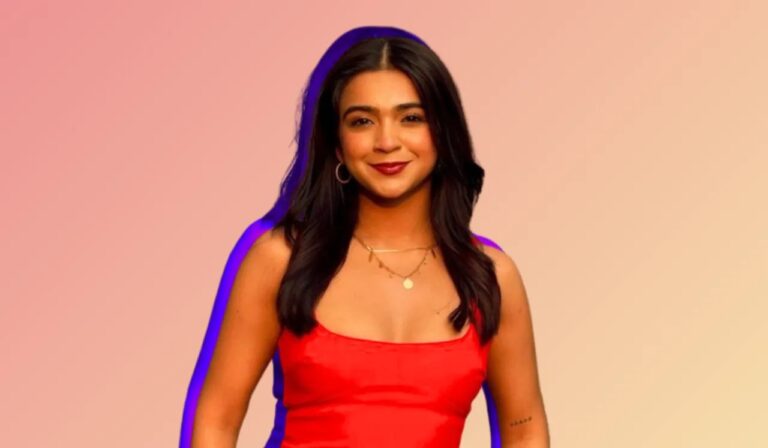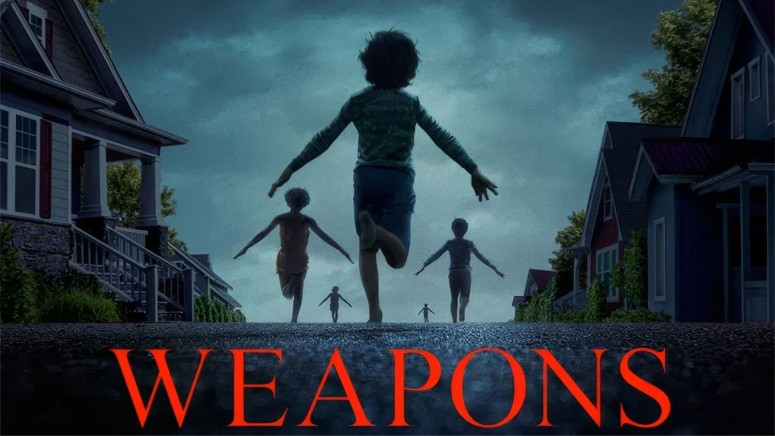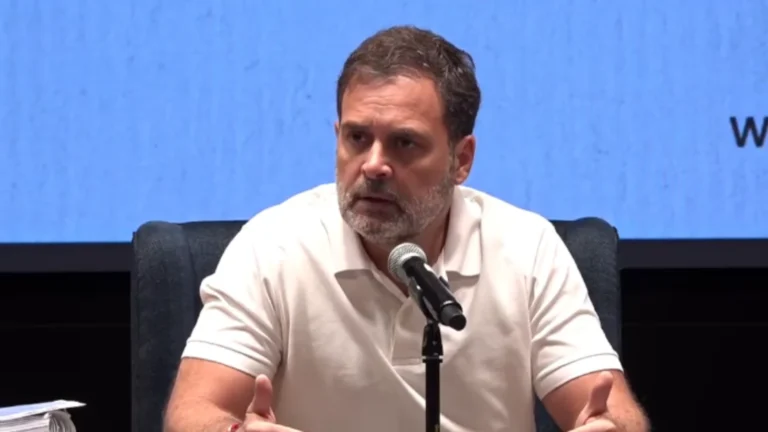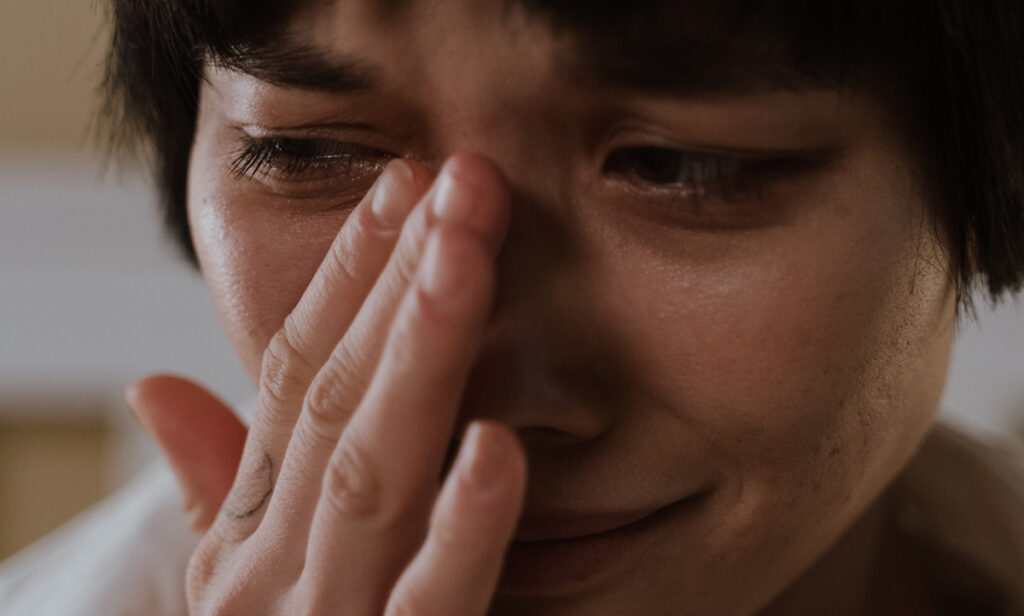
From crying selfies to chaotic TikToks and playlists about emotional exhaustion, Gen Z is turning burnout into content and an identity.
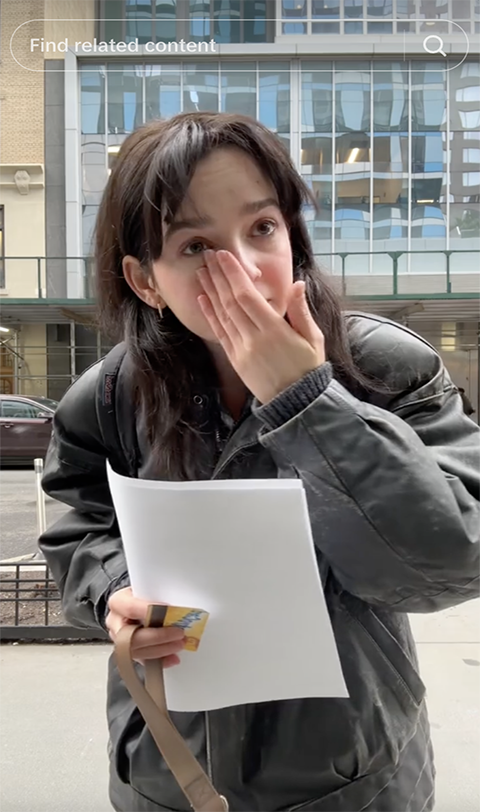 When exhaustion becomes content: Gen Z’s emotional share culture ( screenshotmedia.com )
When exhaustion becomes content: Gen Z’s emotional share culture ( screenshotmedia.com )
When Burnout Becomes the Brand
A young woman stares into her front camera, eyes red from crying. Tissues pile up in the background, fairy lights glow softly behind her. The caption? “Me after my third breakdown this week but my room still kinda cute.”
This isn’t a cry for help, it’s a vibe.
Across TikTok, Instagram, and Spotify, Gen Z is reshaping how we talk about mental health. In place of polished influencer perfection, we see curated chaos. Sadness is soft-filtered. Meltdowns are shared as memes. Exhaustion is aesthetic. Welcome to Gen Z’s burnout era.
What Is the Burnout Aesthetic?
The burnout aesthetic isn’t just about feeling tired, it’s about making that tiredness visible, relatable, and, somehow, shareable.
You’ll find it in:
- Crying selfies with glittery filters
- “Hot mess” day-in-the-life TikToks
- Tumblr-style edits set to melancholic audio
- Playlists titled “mentally unwell but still functioning” or “this girl is not okay but she’s funny about it”
Rather than hiding stress or emotional fatigue, Gen Z packages it with humor and style. Vulnerability becomes content. And burnout becomes branding.
Why Is Gen Z Doing This?
There are many reasons why this aesthetic has emerged, and none of them are simple.
First, this is a generation raised in crisis. From climate change and financial instability to academic pressure and global pandemics, Gen Z has grown up in a world that rarely feels secure. Unsurprisingly, their digital spaces reflect this instability.
Secondly, traditional expectations around success and productivity are shifting. Where millennials were told to “hustle harder,” Gen Z is increasingly calling out toxic productivity. Instead of masking their stress, they make it public, and often, they make it funny.
Furthermore, platforms like TikTok and Instagram reward authenticity. In a content economy that favors relatability, sharing breakdowns often performs better than pretending everything’s fine. In a sense, the burnout aesthetic is both a coping mechanism and a survival strategy.
Coping or Capitalizing?
For many, this trend creates space for honesty and connection. Talking openly about mental health can reduce stigma. Laughing at the chaos can make it feel less overwhelming. Some even say this form of expression helps them feel seen in ways therapy never could.
However, there’s another side to this.
When sadness becomes content and exhaustion turns into a trend, it raises questions. Are people truly sharing to heal, or are they trapped in a cycle of performative suffering? Does the constant stream of burnout-themed content make distress feel normal instead of something that needs to be addressed?
Brands are already cashing in. From burnout-themed merchandise to influencer partnerships built on “relatable” dysfunction, emotional fatigue is now monetizable. Even pain, it seems, can be marketed.
The Fine Line Between Expression and Glorification
It’s important to distinguish between honest self-expression and the glamorization of suffering. Sharing mental health struggles can be empowering, but when it’s curated to be cute, quirky, or profitable, the message becomes complicated.
Experts warn that constant exposure to burnout content can lead to emotional numbness. “We start to think this level of distress is normal,” says Dr. Ananya B., a clinical psychologist. “Instead of getting help, we scroll. Instead of resting, we post.”
This doesn’t mean we shouldn’t talk about mental health. In fact, the opposite is true, but there’s a difference between raising awareness and branding despair.
Healing or Just Hanging On?
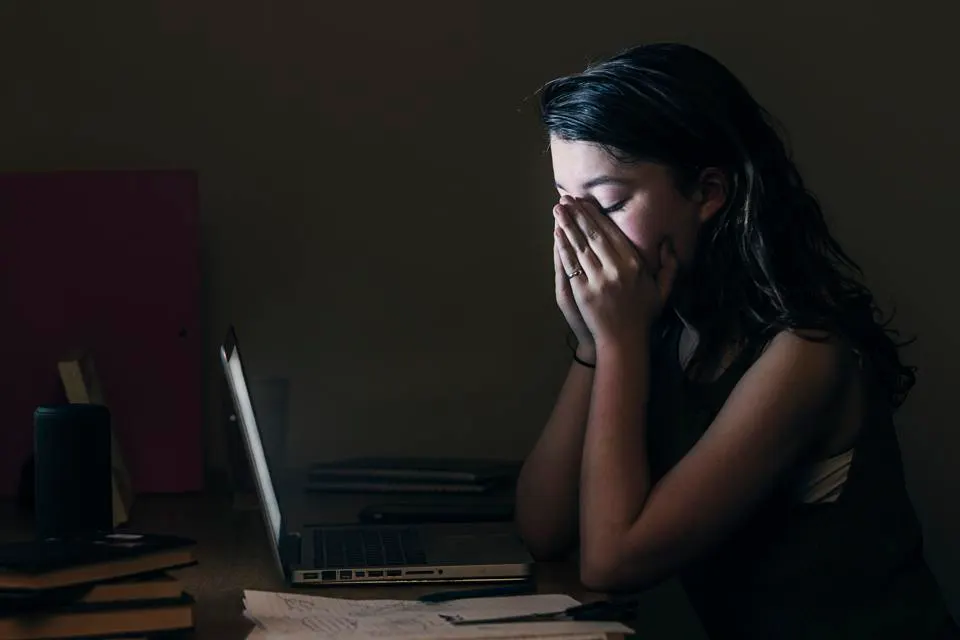 Gen Z is tired and not just sleepy tired. Existentially tired. ( Forbes )
Gen Z is tired and not just sleepy tired. Existentially tired. ( Forbes )
The burnout aesthetic is not just a trend, it’s a reflection of deeper, systemic issues. Gen Z isn’t glorifying pain for the sake of it. They’re simply trying to survive in a world that often feels overwhelming, unstable, and under-resourced.
By turning emotional fatigue into content, they’ve created a digital language for suffering. But the question remains: Will visibility lead to actual healing? Or will we continue to aestheticize distress until we forget what rest looks like?
At its best, the burnout aesthetic makes people feel seen. At its worst, it turns exhaustion into entertainment. Between those extremes lies a generation still trying to figure it all out, one crying selfie at a time.
For more features that decode Gen Z culture and beyond, visit The World Times.

